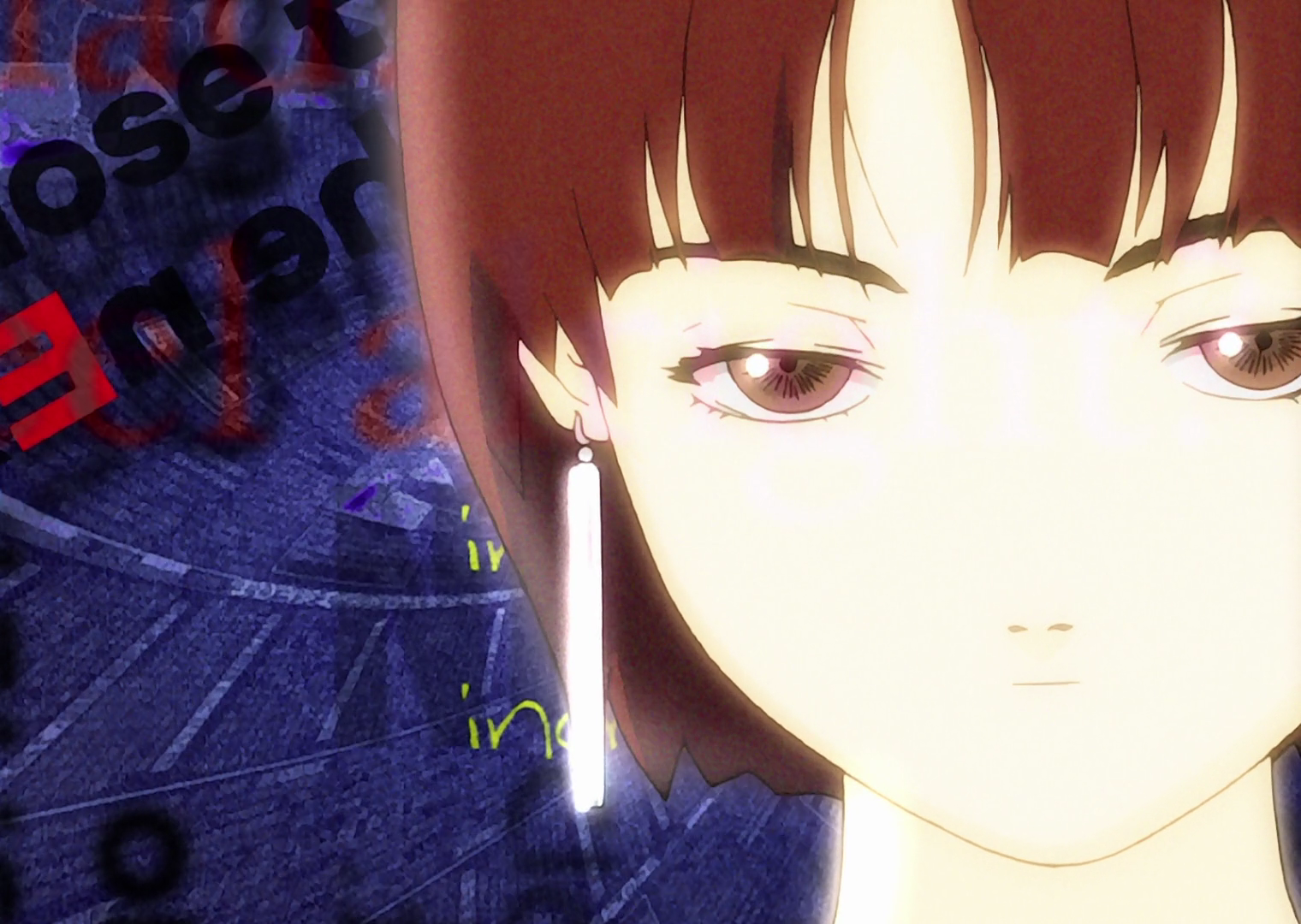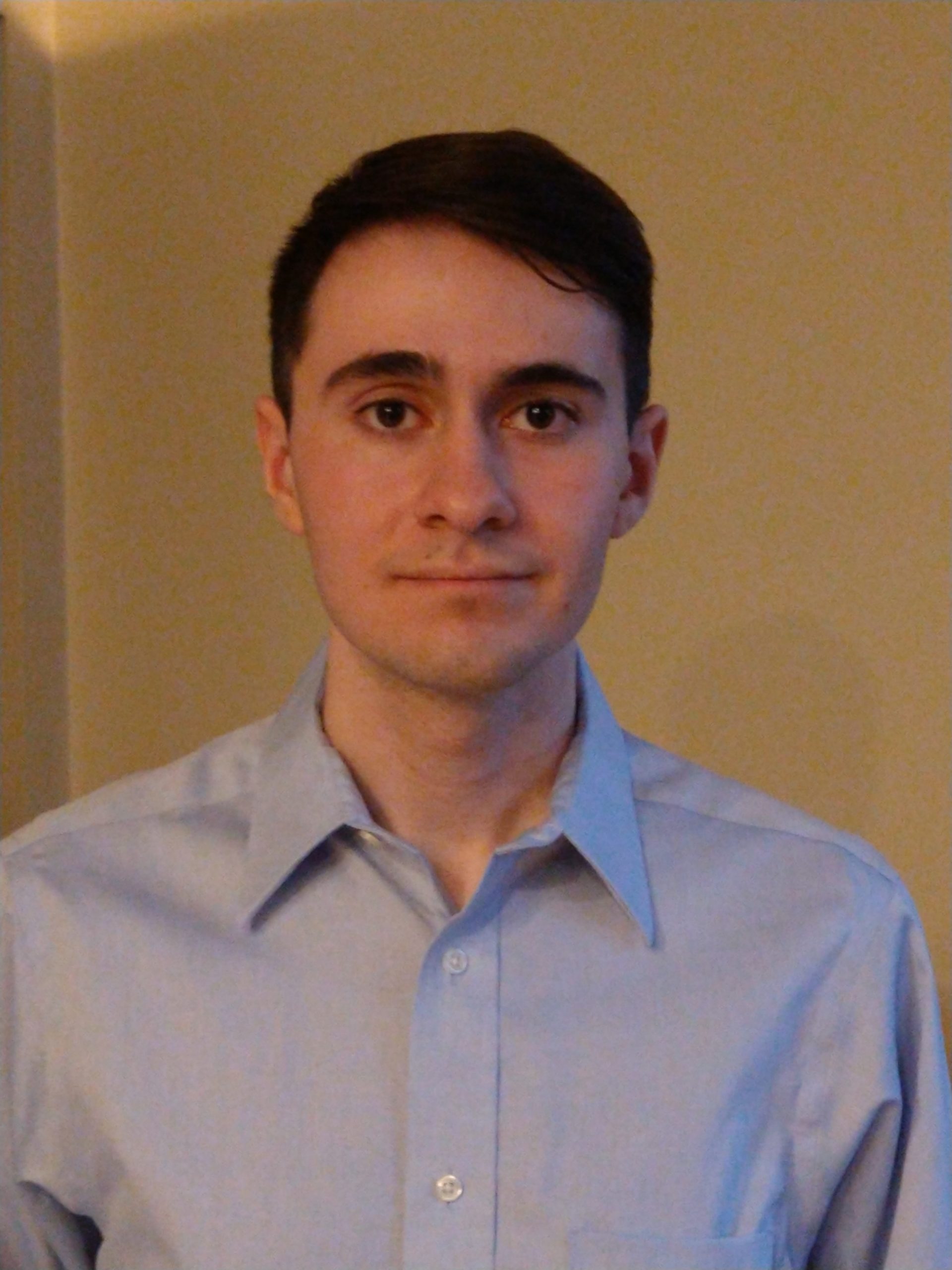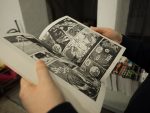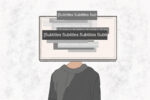“Serial Experiments Lain” starts with a deceptively straightforward mystery. One week after a middle-schooler named Chisa Yomoda takes her own life, her classmates suddenly begin to receive emails from her. Most of the recipients dismiss these messages as a tasteless prank, but one student named Lain Iwakura reluctantly replies.
Her decision initiates a conversation with Chisa that soon reveals that the deceased student discovered a means of separating herself from her physical body. The revelation prompts Lain to investigate the seemingly absurd claim, leading her into a convoluted plot involving secret societies, hidden science experiments, and the convergence of reality with a computer network called the Wired.
Although the events of “Serial Experiments Lain” often seem like pure science fiction, nearly every episode begins with a disembodied voice that states, “present day, present time.” When the series first aired in 1998, this statement seemed contradictory next to the show’s frequent use of sci-fi themes and technology. However, the internet’s transformation of social interaction mirrors the Wired in numerous ways. It makes the show’s professed modern setting seem much more accurate to a 21st-century audience.
The Internet as a Social Platform
Nearly every major conflict in “Serial Experiments Lain” revolves around the advancing capabilities of the Wired and how they affect different characters. The Wired resembles the internet of 1998 with its simple abilities to access informative websites and communicate through email. However, it’s far more advanced in its ability to allow users to display their digital avatars within virtual spaces.
Modern technology has already proven capable of creating similar platforms like Second Life, VR Chat and Horizon Worlds. Despite this, “Serial Experiments Lain” isn’t focused on showcasing technological concepts. Instead, the show often considers how a system like the Wired would alter social dynamics.
Digital avatars in the Wired are based on the user’s real-world appearance, but most cannot recreate their physical form fully for various reasons. This results in most people appearing as floating mouths and ears, creating anonymity in conversations with other strangers. As a result, they feel comfortable discussing private matters and spreading rumors in the public space. When Lain enters the Wired, she is immediately greeted by this cacophony of voices. This portrayal of an online social area mirrors many modern social media platforms. The constant stream of news, debates and random comments from millions of people creates a similarly overwhelming scene.
It’s worth noting that online social websites like the WELL and other bulletin board systems predate “Serial Experiments Lain.” However, these sites are commonly referred to as “virtual communities” instead of “social media” due to their small scale and focus on specific topics. The Wired presented an early prototype of a large-scale social network that appealed to all demographics — a concept not fully realized until the creation of Myspace and Facebook in the early 2000s.
Split Identities
Unlike most other users, Lain can fully recreate her physical appearance in the Wired. This, along with her advanced technological knowledge and confident demeanor, allows her to amass a cult of dedicated followers. However, the Lain that people see in the Wired is a separate personality from Lain in the real world. The real Lain is timid, soft-spoken and introverted. Her uncharismatic personality wouldn’t usually attract such a massive following, making her alter ego an essential tool for attaining influence throughout the Wired.
The show uses Lain’s split identities to explore how self-presentation could be easily manipulated in online spaces. An essay by Dr. Uğur Gündüz explains how users on these platforms can fabricate their gender and social status or assume a different personality to interact with strangers. Individuals can create as many identities as necessary to blend in with other groups. Prominent users on image-focused sites like Instagram will extend this identity alteration to their physical appearance by artificially improving photos with staged lighting and filters. Lain’s multiple personalities present an early example of how personal misrepresentation would become a common practice in attaining fame through online platforms.
“Serial Experiments Lain” also explores these false appearances’ psychological impact on their practitioners. Lain initially believes her actions in the Wired will not affect her real life, allowing her to place a physical separation between the two personalities. However, these identities begin to conflict as more people in the real world recognize Lain by her online persona.
Having to balance both appearances in her real life causes Lain to question which one represents her real self. The conflict becomes simultaneously easier yet more painful when she realizes her Wired persona is recognized and loved by more people. Once she understands this, she morphs her personality to fit others’ perceptions of her.
The separation of identity between online and reality continues to be a prominent source of controversy in the age of social media. While these online personas may begin within the user’s control, they can cause harm once they start to conflict and merge into public perception. Satoshi Kon’s “Perfect Blue” explored similar themes of mixed identity (specifically within idol culture) only a year before the airing of “Serial Experiments Lain.”
However, the latter series expanded the topic to understand how it could manifest in the lives of everyday people through the internet. Lain’s struggle echoes that of many teens and young adults trying to find their place in the world while balancing two separate lives. For youths that are still developing their identity and sense of self, this can be incredibly detrimental to their mental health.
An article published by Psychology Today cited multiple studies in which youths reported social media diminished their self-confidence after receiving negative feedback on selfies and that they felt a need to present themselves through “inauthentic representations.” Like Lain, they may feel in control of their manufactured image but may lose this capability as public reception takes priority.
Virtual (and) Reality
Lain’s conflict also highlights a general topic that underlies the entirety of “Serial Experiments Lain.” Throughout the series, strange events begin occurring in Lain’s life due to the collision of the natural world and the Wired. These include mysterious deaths, strange visions and virtual avatars appearing in real life. The world itself seems to morph as these events grow more frequent.
The skies are colored with a blinding white that gives many environments an unnaturally pristine appearance. Telephone lines cast ominous, patterned shadows onto the city streets below. As the series progresses and the Wired grows closer to reality, these telephone lines become more abundant and attach themselves to houses.
These examples of the show’s odd imagery represent a correlation between reality and the internet commonly seen in today’s world. With millions of people connected through online platforms, real-life actions are likely to impact the internet and vice versa. Internet discussions can begin through people sharing minor occurrences in their lives, obsessing over recent celebrity incidents or reacting to prominent world events.
Similarly, online petitions and social media posts have sparked many changes and movements in the real world. The internet has evolved beyond its origins as a hub for information and communication by becoming a fundamental part of modern society and culture.
“Serial Experiments Lain” presents the merger of the internet and reality in its most literal sense, but its message is obvious to a modern audience. Online and real life are no longer separate spaces, meaning public acts are more likely to become widespread knowledge than ever before. As this information becomes more ingrained in societal consciousness, they also become another form of connection between individuals.
The information gained from the internet already travels quickly, but word of mouth helps create mass awareness within specific groups or cultures. Having this shared collection of knowledge, even for those who aren’t often exposed to the internet, forms a system of unconscious connections. This idea resonates throughout the entirety of “Serial Experiments Lain” while also existing as a ubiquitous part of the modern world.
Online Addictions
One final issue that “Serial Experiments Lain” explores is the addiction to internet usage and how it can create a desire to disconnect from reality. As the Wired becomes more critical in people’s lives, some begin to view it as a substitute for the real world and attempt to abandon their physical body through different means. Lain partially succumbs to this belief as she delves further into the virtual space. Her online experiences begin out of simple curiosity, but her interest turns into an obsession as she dedicates all her time and resources to strengthening her connection with the Wired.
She gradually upgrades her computer from a Twentieth Anniversary Macintosh to a comprehensive system of cable, pipes and machinery that engulfs the entirety of her room. Lain physically surrounds herself with devices and eventually implements wires that wrap around and attach her physical body to the computer. These physical and mental connections to the Wired ultimately separate Lain from reality.
Lain’s obsession with the Wired is an extreme depiction of internet addiction. The World Health Organization has yet to classify it as an official disorder, but studies have found evidence of people forming unhealthy behaviors in their internet usage. These addictions often center around a specific activity (usually gaming or social media), which becomes a source of increased pleasure or escapism. A study published in Current Psychiatry Reviews found that this disorder is signaled by an unusual preoccupation with online activity and often leads to increased anxiety and the loss of social relations, all of which Lain demonstrates through faltering relationships with her small friend group.
Another study conducted by Junghyun Kim and Paul M. Haridakis found a correlation between internet addiction and specific personality traits. Some examples include shyness, loneliness, sensation seeking, or the desire to engage in thrilling activities. Lain embodies all these traits as she demonstrates the first two in her struggles to socialize with others outside the Wired. The last characteristic also makes her the only student to investigate the mysterious circumstances of Chisa’s emails. Lain turns to the Wired to fulfill the empty pleasures in her life, much like those who believe they can only find affirmation and socialization on the internet.
Confronting the Wired
Most science fiction media portrays the advancement of technology as purely good or bad. “Serial Experiments Lain” takes a more pessimistic approach by arguing that these advancements and their pros and cons are inevitable. Its audience in 1998 may not have yet realized it, but the series would be proven correct through the growth of the internet and social media only a few years later.
The show provides an impressively precise image of the current world for modern viewers. Additionally, its precautions against many behaviors that often trouble internet users serve as an excellent reminder for maintaining self-awareness and a distinction between online and reality. These lessons, atmospheric visuals, thematic complexity and a plot that’s as cryptic as captivating make “Serial Experiments Lain” an unusual but worthwhile cyberpunk classic.

















